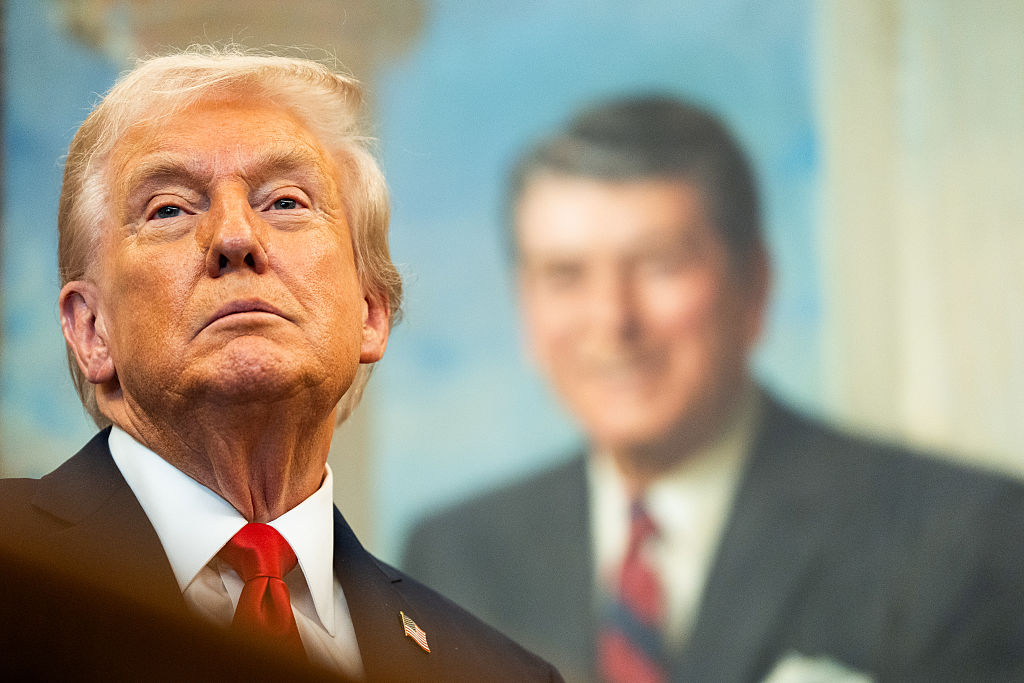During Cloudflare’s recent Birthday Week, the company announced the private preview of its Cloudflare Email Service. This new globally managed service enables developers to send and receive emails directly from Workers using native bindings—without the need for API keys.
The managed Email Service allows developers to send transactional emails directly from Workers, automatically configure SPF, DKIM, and DMARC for improved deliverability, and route and parse incoming emails using Workers AI.
Thomas Gauvin, product manager at Cloudflare, and Celso Martinho, senior director of engineering, explained the focus of the new service:
> “We’re focusing on deliverability and time-to-inbox with Cloudflare Email Service. We’re tightly integrating with DNS to automatically configure the necessary DNS records like SPF, DKIM, and DMARC, such that email providers can verify your sending domain and trust your emails.”
According to the documentation, developers will be able to use Workers to process incoming mail and even store attachments in R2, Cloudflare’s S3-compatible object storage. Additionally, tasks can be added to Cloudflare Queues for further processing.
To simplify testing, developers can use Wrangler to emulate the email sending process locally. Here’s an example snippet:
“`javascript
export default {
async fetch(request, env, ctx) {
await env.SEND_EMAIL.send({
to: [{ email: “hello@example.com” }],
from: { email: “api-sender@your-domain.com”, name: “Your App” },
subject: “Hello World”,
text: “Hello World!”
});
return new Response(`Successfully sent email!`);
}
};
“`
While Amazon SES is a similar service from AWS and is available in multiple regions, Cloudflare has simplified the user experience by offering a single global endpoint—consistent with many of its other managed services.
Gauvin and Martinho further emphasize:
> “In true Cloudflare fashion, Email Service is a global service. That means we can deliver your emails with low latency anywhere in the world, without the complexity of managing servers across regions.”
This announcement is not Cloudflare’s first foray into mail-related products. In 2021, the company launched Email Routing, a service focused on forwarding inbound emails.
Jamie Lord, solution architect at CDS UK, commented on the latest announcement:
> “Cloudflare just solved one of development’s most persistent headaches. Cloudflare’s approach cuts through this complexity entirely. The combination with Email Routing creates something powerful. Inbound emails can trigger Workers that process content, whilst outbound emails close the loop—turning email from a necessary burden into a genuine application component.”
The new Email Service supports both REST APIs and SMTP, making it compatible with existing email frameworks like React Email. This arrangement simplifies the process of sending HTML-rendered emails to users.
Zeno Rocha, founder and CEO of competing service Resend, shared his perspective on Twitter:
> “Email is not a winner-takes-all kind of market, and that’s why we’ve been able to enter such a competitive space and still thrive. Competition is good because it forces the best product to win.”
The private beta of Cloudflare Email Service was just one highlight of Birthday Week 2025. In celebration of their 15th anniversary, Cloudflare also introduced a Data Platform designed to ingest, store, and query analytical data tables using open standards like Apache Iceberg.
In addition, Cloudflare unveiled Observatory and Smart Shield—monitoring tools integrated into the Cloudflare dashboard that provide actionable recommendations and one-click fixes for performance issues.
The beta for Cloudflare Email Service is scheduled to launch in November and will require a paid Workers subscription. Message-based pricing is still being finalized.
https://www.infoq.com/news/2025/10/cloudflare-email-service/?utm_campaign=infoq_content&utm_source=infoq&utm_medium=feed&utm_term=global
